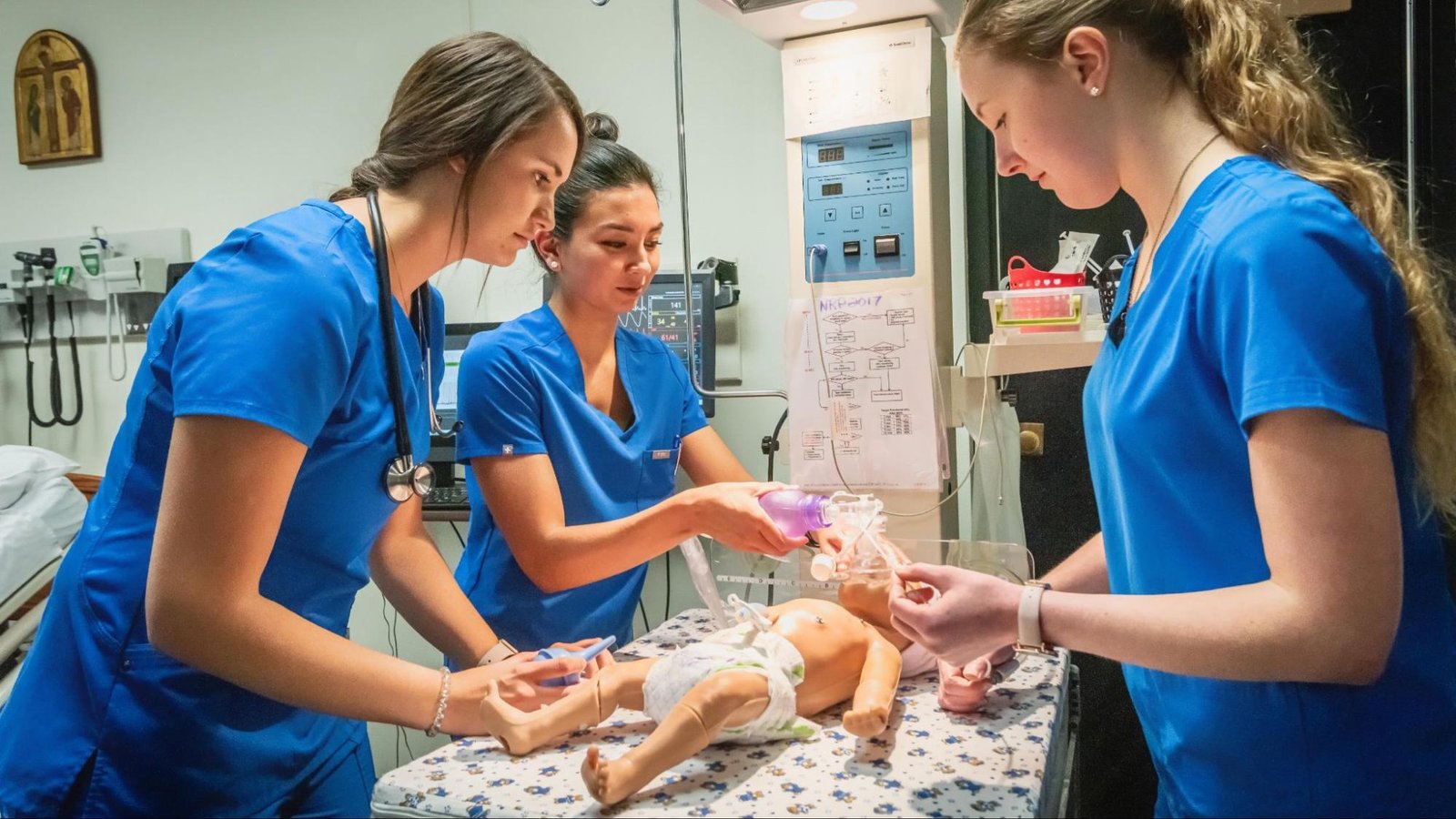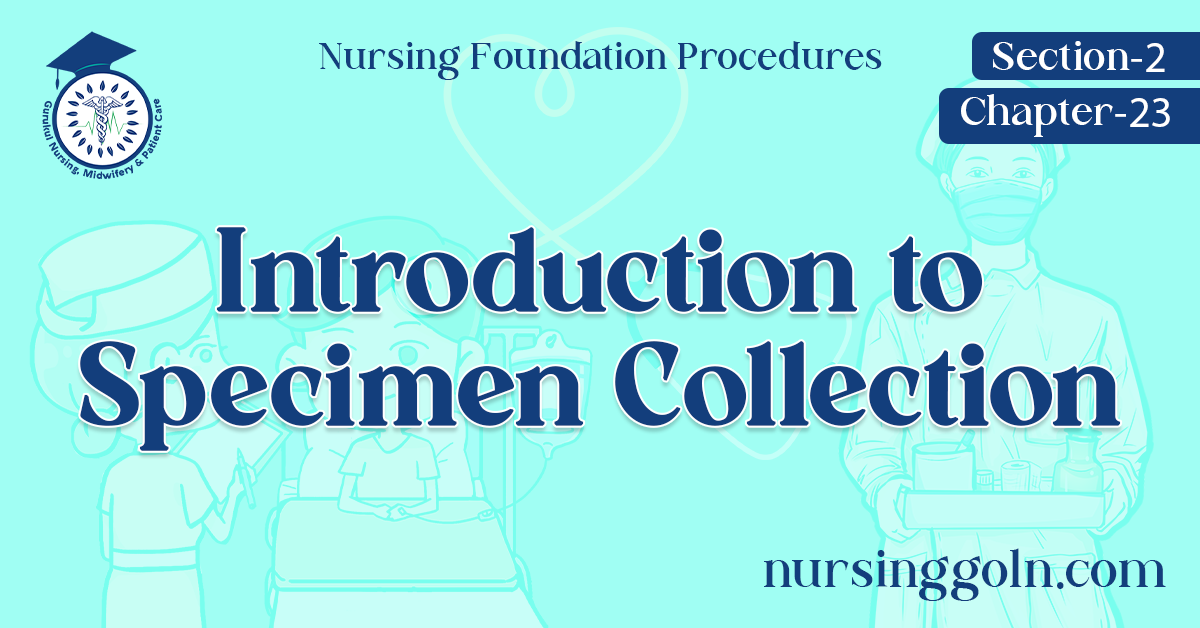Today is our topic of discussion is Introduction to Specimen Collection.
Introduction to Specimen Collection

DEFINITION
Specimen collection is defined as collection of a required amount of tissue of fluid for laboratory examination. Specimen may be defined as small quantity of a substance, which shows the kind and quality of the whole.
PURPOSE
- To make diagnosis and to help in treatment
- To note progress or recess of a disease
- To observe the effects of special treatment and drugs
- To assess the general health of the patient
- To investigate the nature of the diseases
- To aid the doctor in diagnosis and treating the diseases.
PRINCIPLES
- Contaminated and improperly collected specimens will produce false results which will adversely affect the diagnosis and treatment of patient
- Specimen allowed to stand at room temperature of a long time will give false results due to decomposition of specimen, multiplication of undesirable bacteria and destruction of pathogenic bacteria.
- Blood chemistry is not uniform throughout the day. It varies with the food intake
- The accuracy and reliability of findings depend upon the correct method collection.
- Transportation of the specimens to the laboratory and recording of reports.
- Inaccurate results may lead the physician in the diagnosis and treatment of patients.
- Specimens serve as a media for transmission of disease producing organisms to the personnel who handle them carelessly.

General Instructions
- Provide adequate explanations regarding the collection of specimens.
- Ask the patient to wash the external genital area with soap and water then rinse with water alone before collecting urine specimens.
- Equipment used for the collection of specimen should be clean and dry.
- No antiseptic should be present in the specimen bottle As for as possible morning specimens are collected
- Specimens should be always fresh for the laboratory examination.
- Bacteria multiply in the room temperature so, the specimens which are not tested immediately are kept in the refrigerator, because cold temperature inhibits the growth of bacteria .
- Insist the patient and the personnel to wash hands thoroughly after handling the specimen bottles
- Container should have a wide mouth to prevent spilling of the spilling of the specimens, on the outer side of the bottle.
- Containers of the proper size are used according to the nature of specimen.

EQUIPMENT
- Dry container
- Bed
- Sterile gauze
- Artery forceps
- K-Basin.
Read more:
